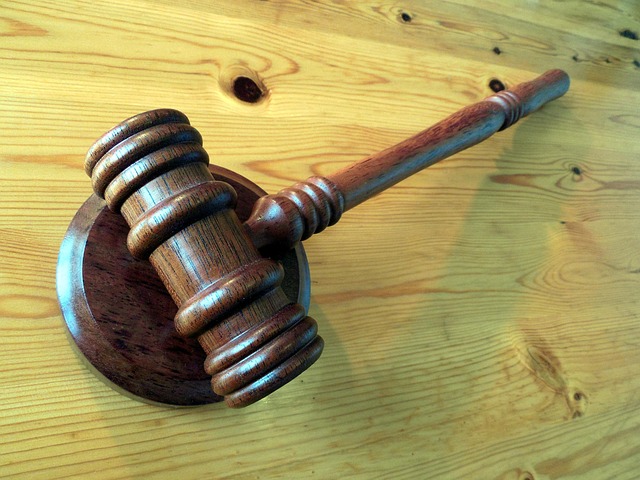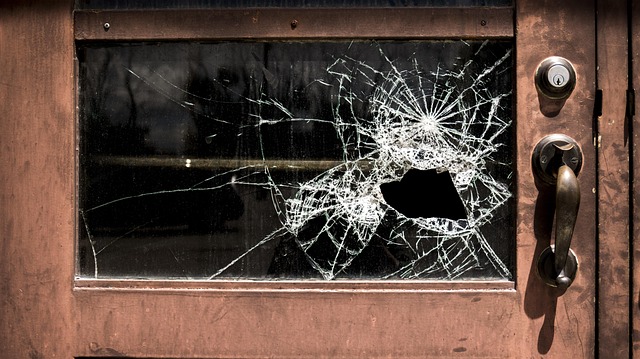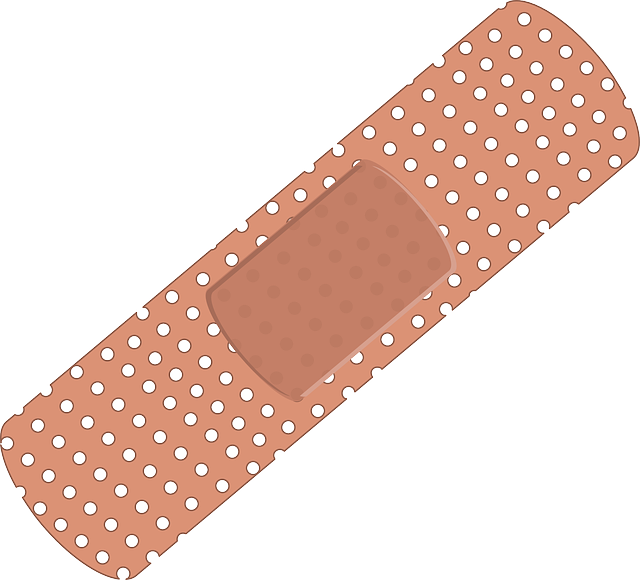Medical records are essential for accident liability determination, offering detailed insights into patient health history and post-accident care. They provide concrete evidence of causation, aid in personal injury claims, and help assess damages. Accurate records, including patient interviews, witness statements, and surveillance, enable legal professionals to prove negligence and support cases of medical misconduct.
Medical records play a pivotal role in supporting and strengthening cases involving accident liability determination. This article delves into the intricate world of medical documentation, offering a comprehensive guide for legal professionals. We explore how these records are instrumental in establishing negligence, attributing responsibility, and shaping the outcome of liability cases. By understanding the key components of accurate accident documentation, legal entities can effectively navigate complex litigation, ensuring just outcomes for all involved parties.
- Understanding Medical Records in Liability Cases
- Key Components for Accurate Accident Documentation
- Utilizing Records to Establish Negligence and Responsibility
Understanding Medical Records in Liability Cases

Medical records play a pivotal role in accident liability determination cases. They serve as comprehensive documentation of a patient’s health history, diagnosis, treatment, and prognosis, offering invaluable insights into the extent and cause of injuries sustained during an accident. These records are crucial for medical professionals who assess the severity of the incident and its impact on the victim’s well-being, ultimately helping to calculate damages in personal injury claims, including wrongful death settlements and pain and suffering compensation.
In liability cases, medical records provide concrete evidence that links the accident to subsequent health issues or conditions. They detail the sequence of events leading up to a patient’s injuries and the ongoing care required for their treatment. This information is instrumental in establishing causation, which is a fundamental element in determining liability and securing fair compensation for victims through successful personal injury claims.
Key Components for Accurate Accident Documentation

Accurate documentation is paramount in medical records for accident liability determination cases, as it provides a clear and detailed account of events leading up to an injury or incident. Key components include a comprehensive patient history, a meticulous description of the accident scene, and immediate post-incident assessments. Healthcare professionals must capture not just the physical injuries but also any psychological impacts, as these can significantly influence liability claims.
For instance, in cases like elder abuse or slip and fall incidents, medical records should include patient interviews, witness statements, and any relevant surveillance footage (if available). These documents play a crucial role in supporting a car accident lawyer‘s argument by demonstrating the cause of injury, extent of damage, and potential negligence on the part of others involved. Prompt and thorough documentation ensures that all facets of an accident are considered during legal proceedings.
Utilizing Records to Establish Negligence and Responsibility

Medical records play a pivotal role in accident liability determination cases. They serve as invaluable tools to establish negligence and assign responsibility in various legal scenarios, including car accident injuries, wrongful death claims, and breaches of fiduciary duty. These detailed documents provide an accurate account of a patient’s medical history, symptoms, diagnoses, and treatment plans.
By examining these records, legal professionals can identify deviations from the acceptable standard of care. For instance, if a medical professional fails to diagnose a condition or prescribes inappropriate treatment, causing subsequent harm to the patient, such negligence can be strongly supported by medical documentation. This evidence is crucial for building a compelling case and ensuring justice for those affected by medical misconduct.
Medical records play a pivotal role in supporting and strengthening cases involving accident liability determination. By meticulously documenting key components, such as patient history, symptoms, and treatment plans, these records can clearly establish negligence and responsibility. Understanding how to effectively utilize this critical evidence is essential for achieving just outcomes in liability cases, ensuring that all parties involved are held accountable for their actions.






